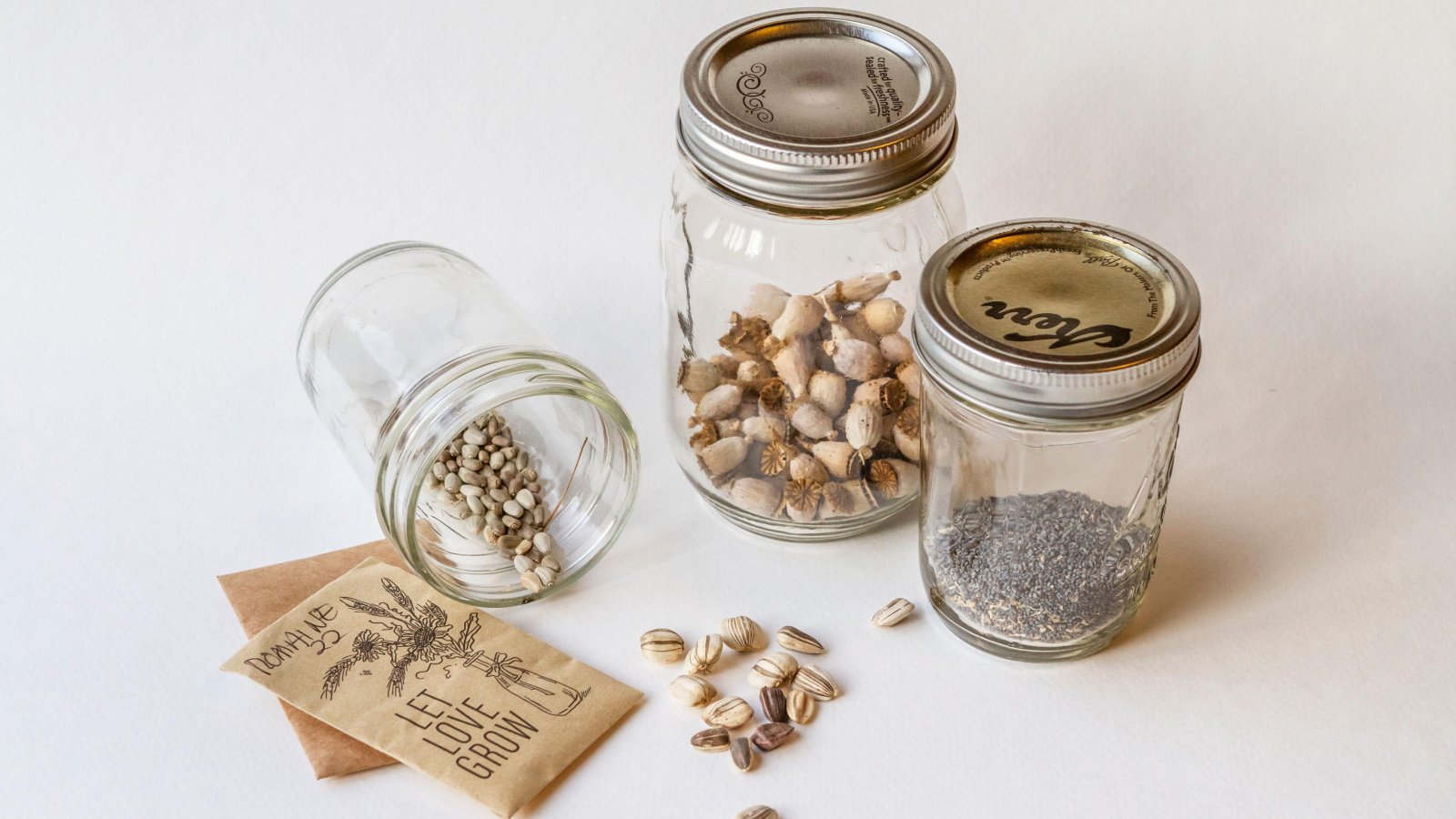
Seed storage is incredibly important for gardeners who like to collect their own seeds from their plants, or simply have a large stock of purchased seeds that are yet to be planted. While there are many wonderful purpose-made seed storage containers out there, you might just have the perfect storage solution for your seeds at home.
The important things to know when it comes to safely putting seeds away is that they need to be kept somewhere cool, dark and dry. The biggest seed storage mistakes include not creating airtight environments, leading to moisture exposure. But getting seed storage right isn't rocket science, and you can very easily store your seeds with items you have lying around in your home.
From repurposing different kinds of containers to creating a larger storage unit if you plan to store seeds for longer, there are so many creative ways to store your seeds. Here, you'll find some of the best DIY seed storage ideas with tips from experts on how to store seeds properly with these methods.
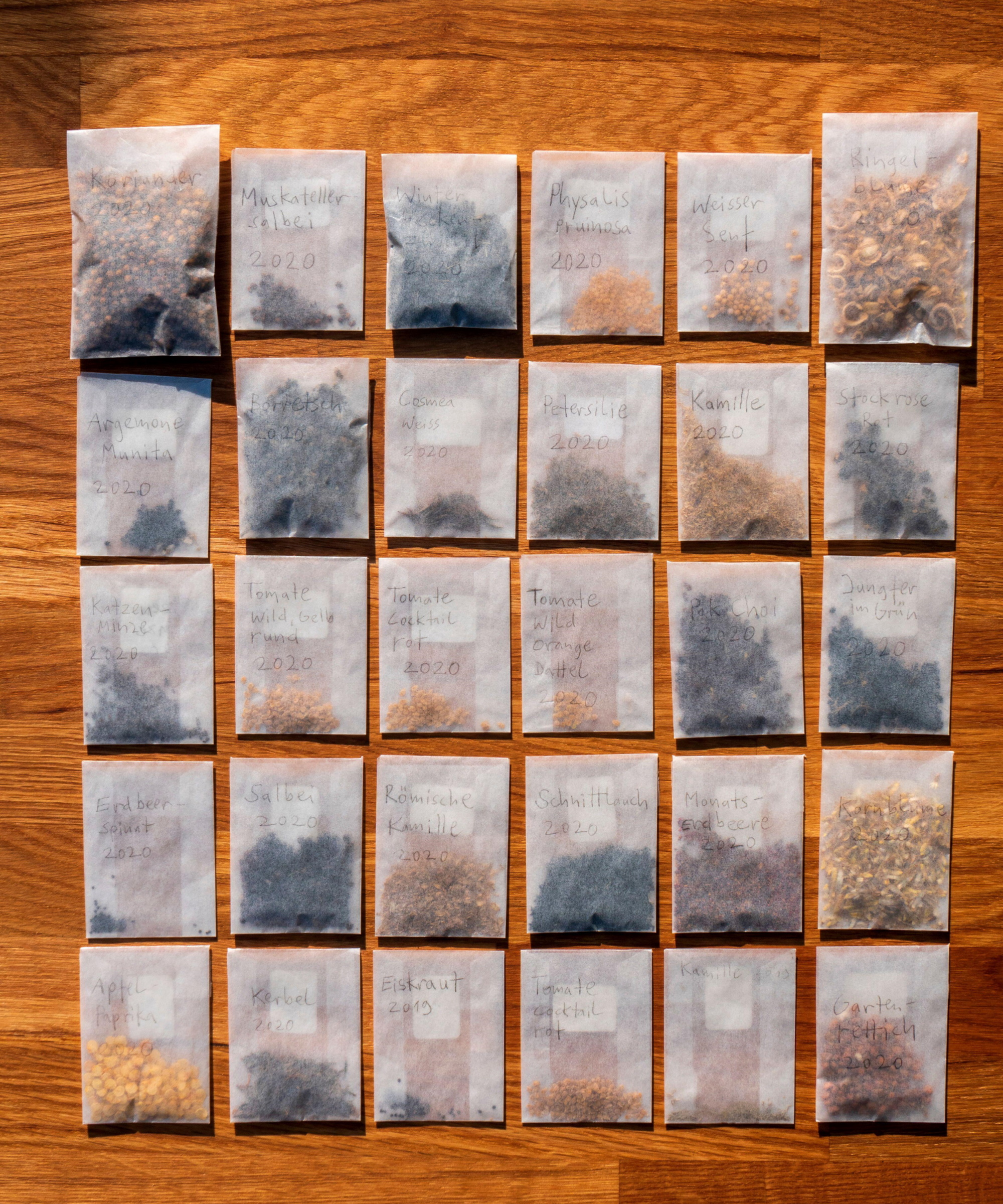
5 DIY seed storage ideas
Growing the best plants for seedheads and collecting seeds from your own yard is one of the many rewards gardeners get to enjoy. And while you can purchase seed containers online, like this seed organizer from Amazon, it can be more convenient to just use items you already have and create a DIY seed storage solution. Here are five ideas to get you started.
1. Repurposed food jars
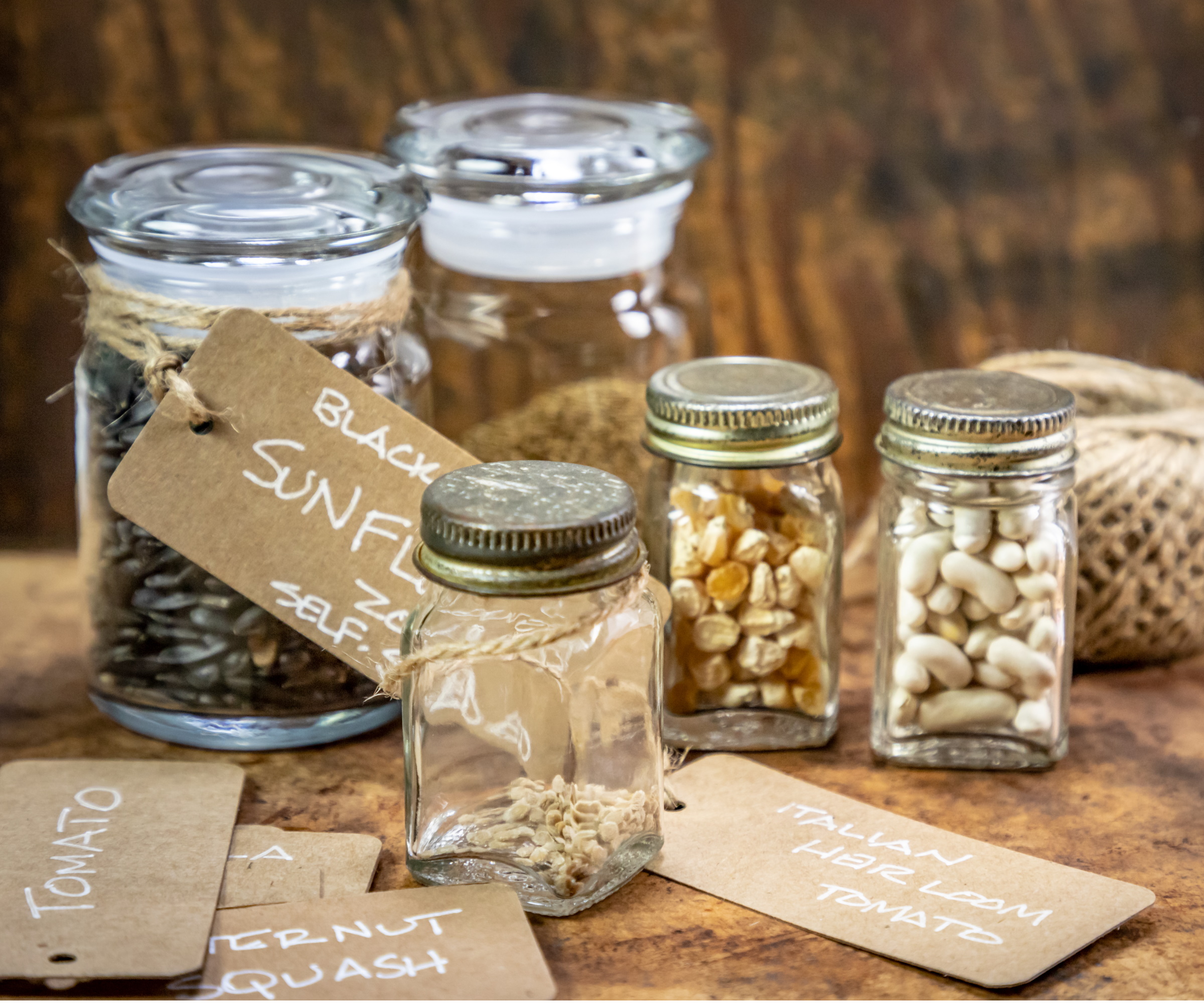
For a low-maintenance solution that doesn't require much extra effort, you can place your seeds in glass jars. Not only are food jars designed to be airtight to protect perishables, but opting to use clear ones means you can also easily identify your seeds at a glance.
Jars are a kitchen item you should never throw out for this reason, as their storage possibilities are endless. They can also easily stack if you plan to put them within your organized shed. It can be a good idea to add labels to your jars with the name of the plant and when it was collected so that you know how long they have been stored for - try using these adhesive labels from Amazon.
'Mason jars with desiccant packets create a perfect microclimate for seed storage. I use different colored lids to categorize seeds by planting season,' says garden expert Ben McInerney.
As Ben suggests, it can be wise to add in desiccant packets, like these from Walmart, if you think your jars are not airtight. These packets have silica gel which absorbs moisture from the air.
2. Empty spice bottles
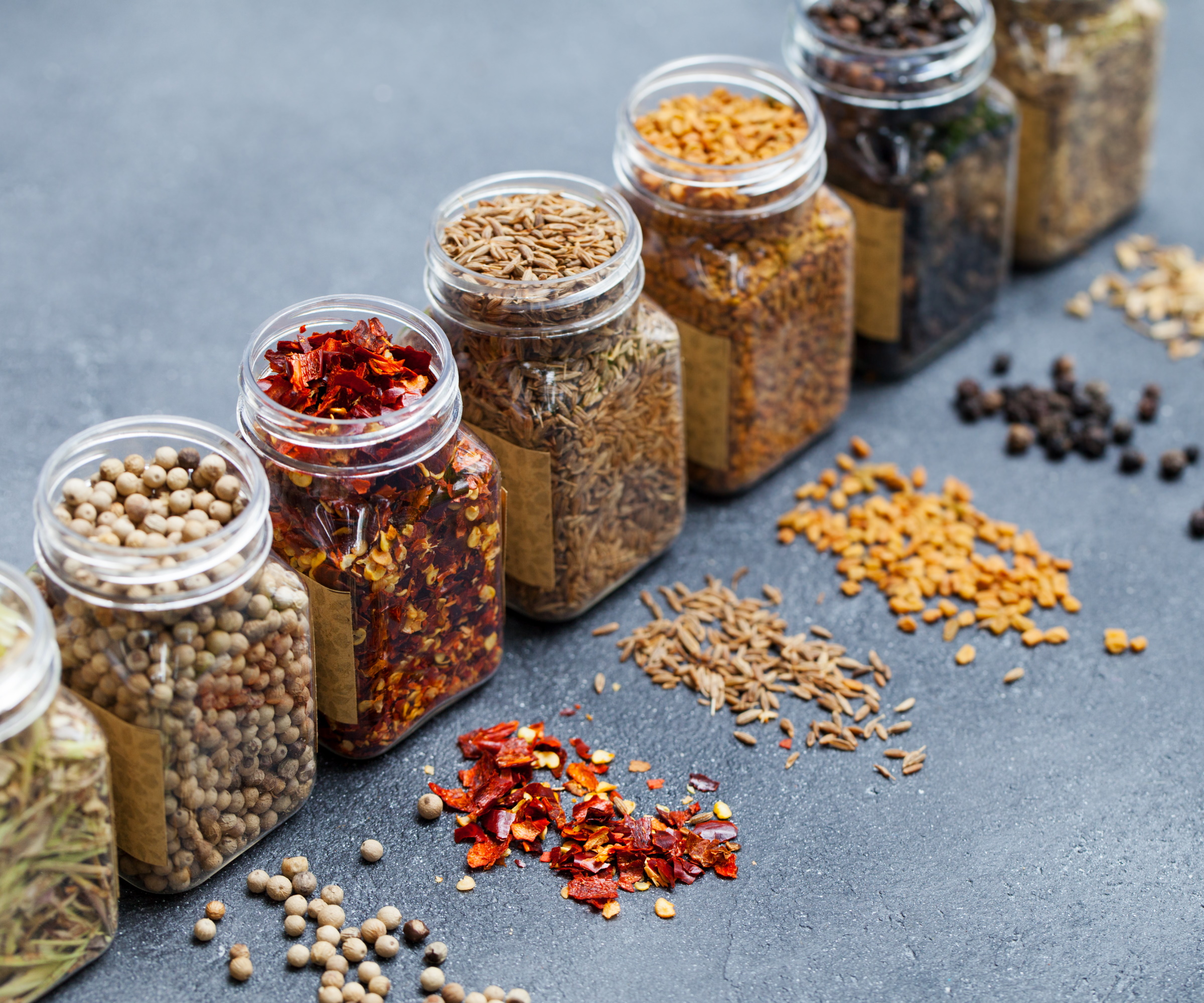
Similar to using repurposed jars, using empty spice bottles is a great way for smaller seed storage. For those who prefer keeping things neat, storing your seeds in spice bottles provides uniform storage.
'Spice racks are also easy to find, hold and store,' notes Kitti Cooper, owner of Cooper Farms in Foley, Alabama.
The added bonus of spice bottles all being the same size and shape is that you can then place them on a spice rack, like this spice rack from Wayfair, as Kitti mentions. This offers a stylish and convenient seed storage solution, just as you would organize spices.
Just make sure to clean out your spice bottle thoroughly before storing your seeds in them, allowing them to dry entirely. Once again, it can be a good idea to add labels to each bottle so you can keep track of the seeds you have collected.
3. Clear food storage bags
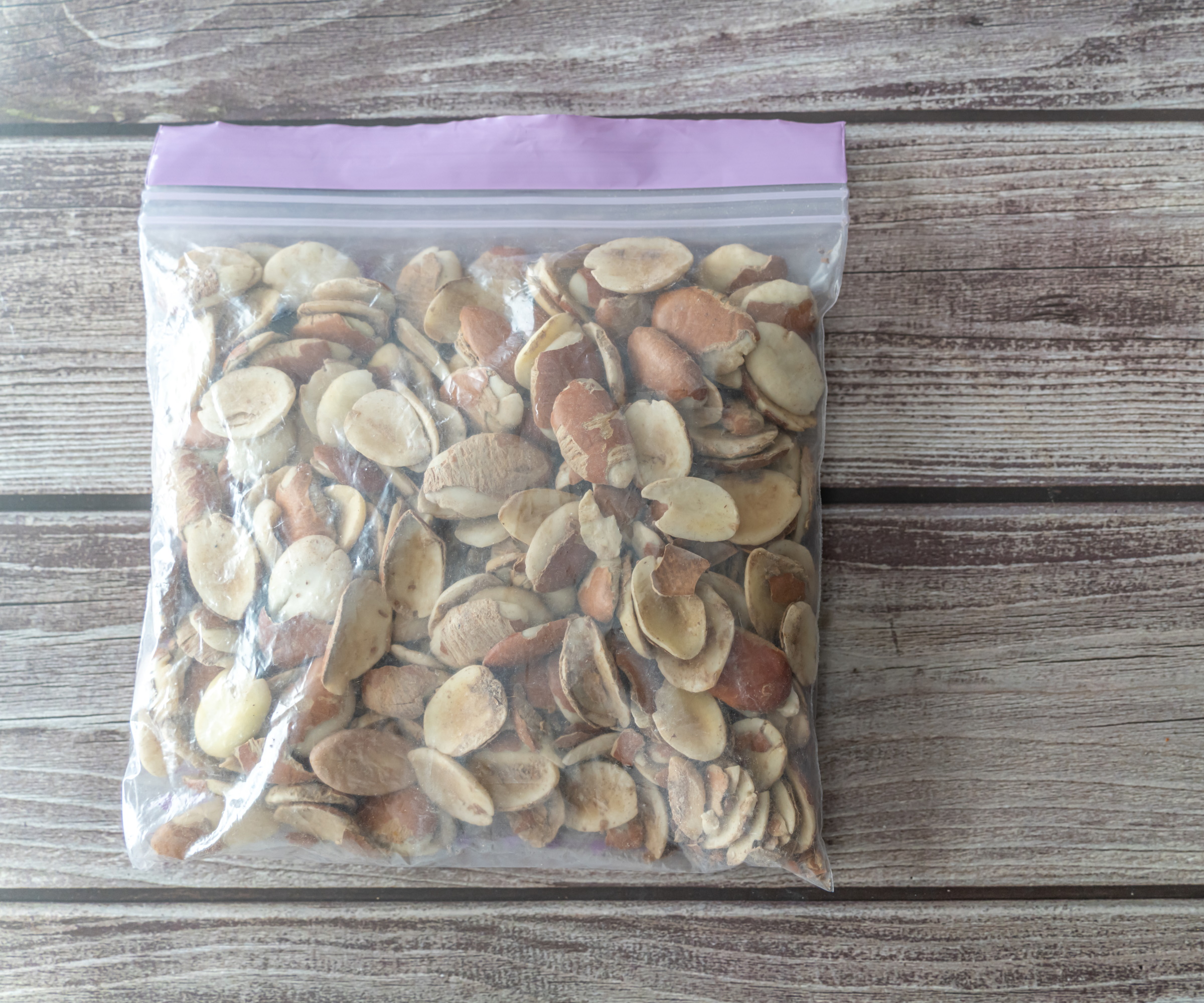
If you're looking for a more compact way to store seeds, try using clear food bags. It's important to choose ones that have a zip in place to keep out moisture. This is a better solution for those who may not have the space to stack jars and bottles.
Once your seeds are all packed into the clear food bags, you can go a step further and place them in folders, drawers or file organizers to keep them all in one place. This can even help you plan your seed sowing schedule by putting your seeds in the correct order.
It is key to know how long you have been storing seeds for, so you can keep track of their viability and don't miss the window to plant them. That's why investing something like this seed inventory log book from Amazon can be a helpful tool for all of these storage solutions.
4. Paper envelopes
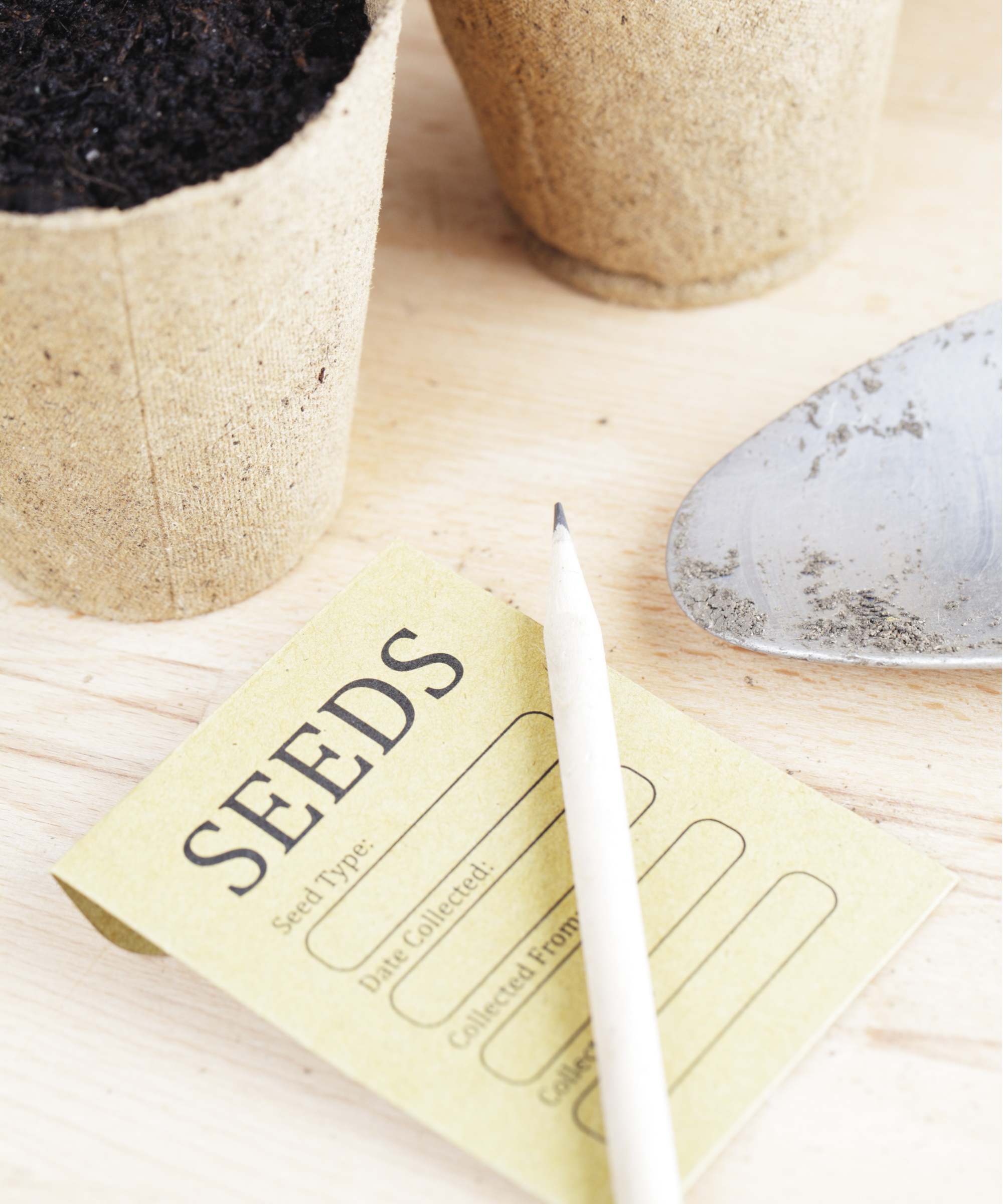
Another easy place to keep your seeds is in paper envelopes. It's a simple enough solution, so long as you have a pack of envelopes to hand, like these envelopes from Walmart. What's more, you can write straight onto the envelopes to note down the type of seed and collection date.
'I normally store any seeds that I collect from the garden in either paper bags or envelopes, making sure to label them. Then I just have a small plastic box in the garage where I keep all my seeds,' says Annette Hird, expert gardener at Easy Urban Gardens.
Just like Annette mentions, choosing to keep collected seeds in envelopes replicates the packaging of store-bought seeds. No matter if you have ordered seed packets or have created your own with envelopes, ensure you keep them in dry storage - like a box or drawer - to prevent any moisture exposure that could trigger germination or impact the seeds' viability.
5. Card catalog
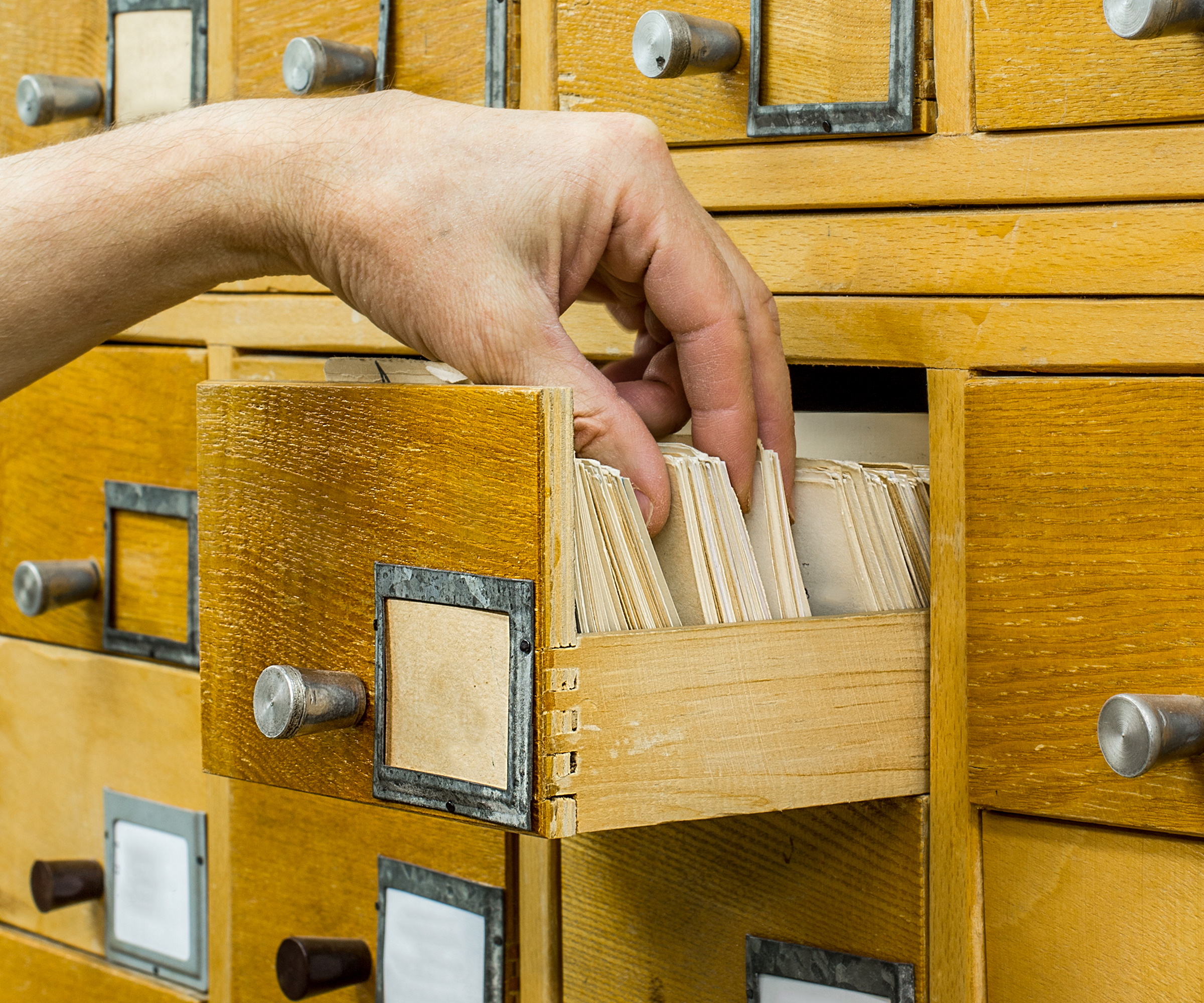
This storage solution is much more permanent and works well if you have lots of seed packets and collected seeds to store. Using a card catalog means that you can neatly pack away your seeds in an organized manner.
'Each drawer can be dedicated to a different plant family, and the index card slots are perfect for seed packets,' says Ben McInerney. 'I once restored an old card catalog for a community garden project and it became a beautiful focal point in their greenhouse,' he adds.
If you're hoping to store collected seeds in this way, make sure to first pack them into paper envelopes. You should also use labels to keep track of what's in each drawer of the catalog.
This idea might involve having to find an old unit and restore wood furniture, but it's a DIY that pays off for reliable seed storage. Alternatively, you can purchase units online, like this card catalog from Amazon.
FAQs
Can I store plant seeds in my freezer?
Yes, you can keep seeds in your freezer. This is actually something many gardening experts recommend, because it aids seed stratification.
'By doing this you trick your seeds from going into a freeze before bringing them out into the warm to defrost. It triggers the same thing that happens in nature from winter to spring before they start growing,' says Kitti Cooper, owner of Cooper Farms in Foley, Alabama.
Something important to note is that you don't want any moisture getting to your stored seeds. For this reason, it can be wise to first put them in a paper envelope and then a clear plastic bag to keep moisture out while in your freezer.
No matter where you store your seeds, ensure they are kept somewhere dry, cool and dark to avoid triggering germination and to keep your seeds viable for longer. When you do get around to planting your seeds, you might also want to try creating some DIY seed trays with items you have at home.







